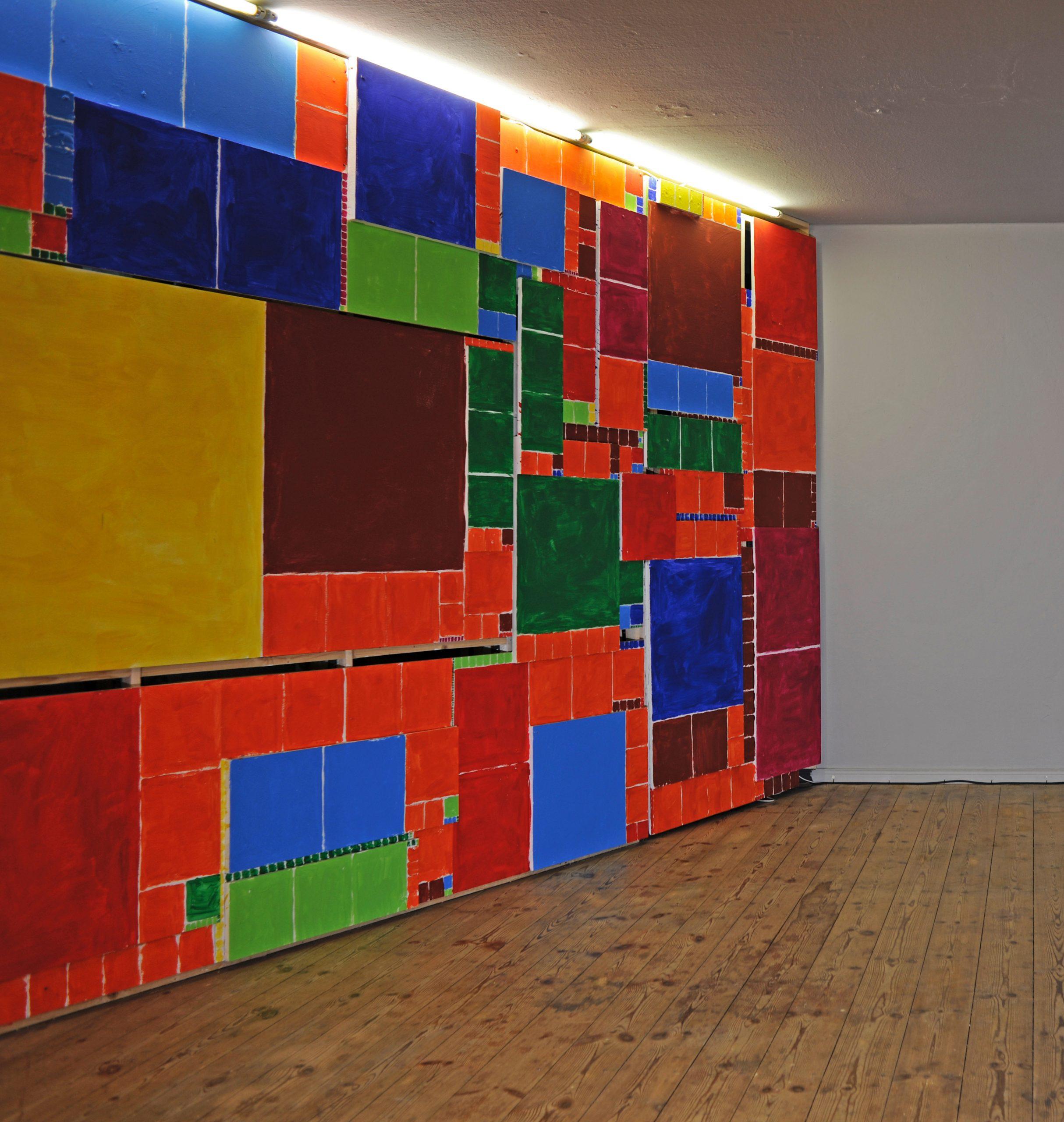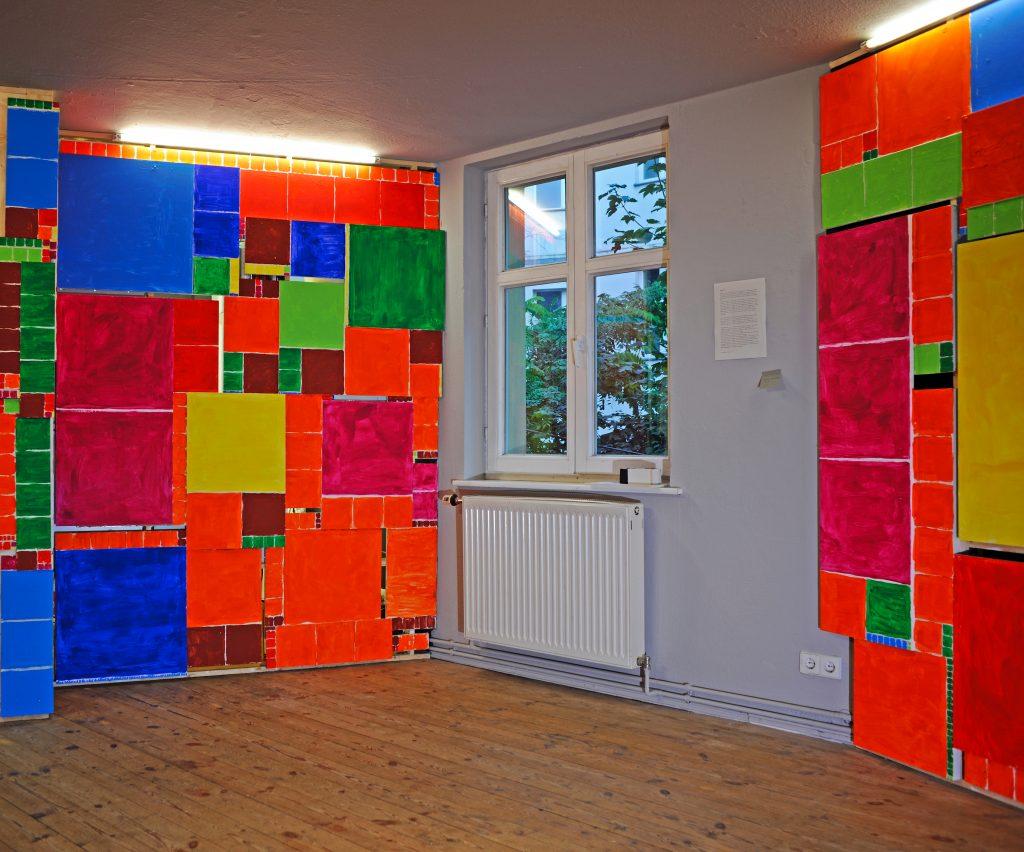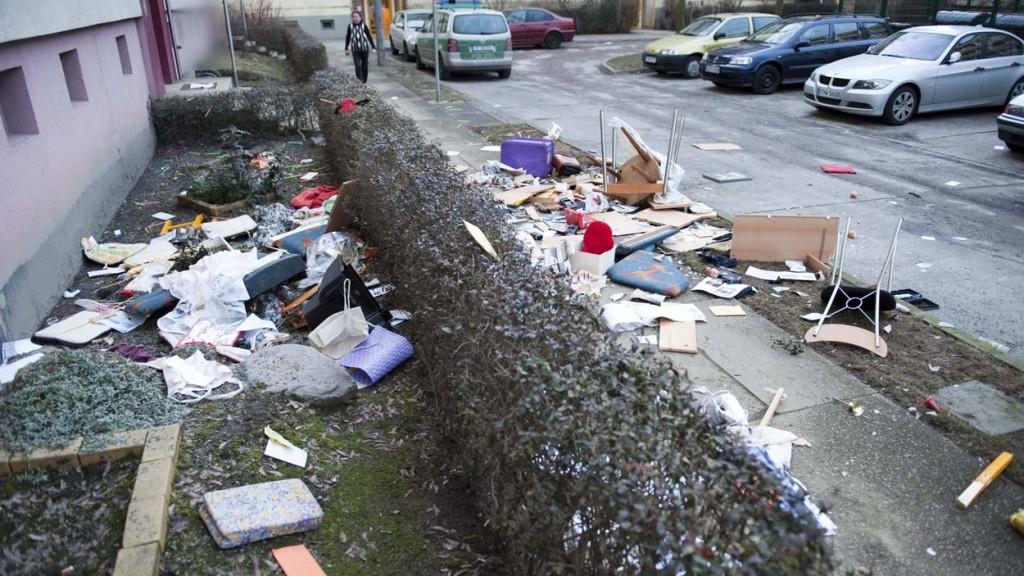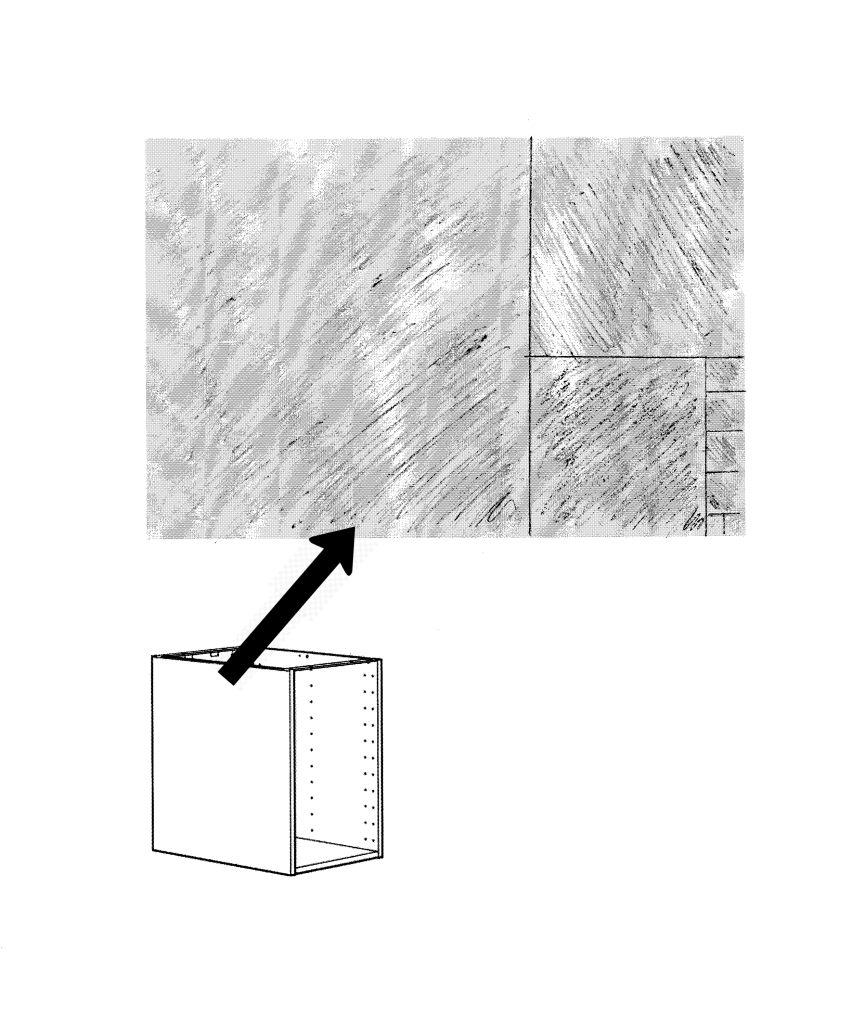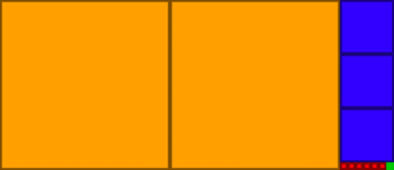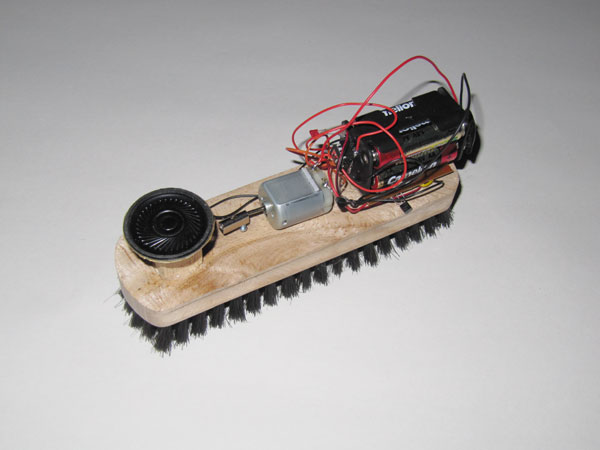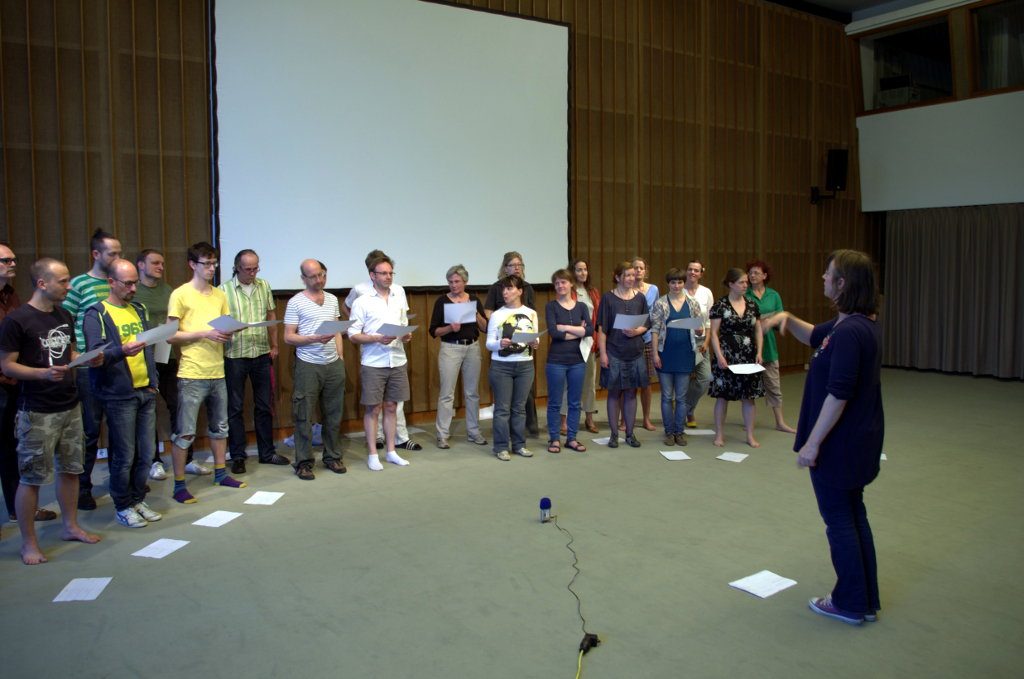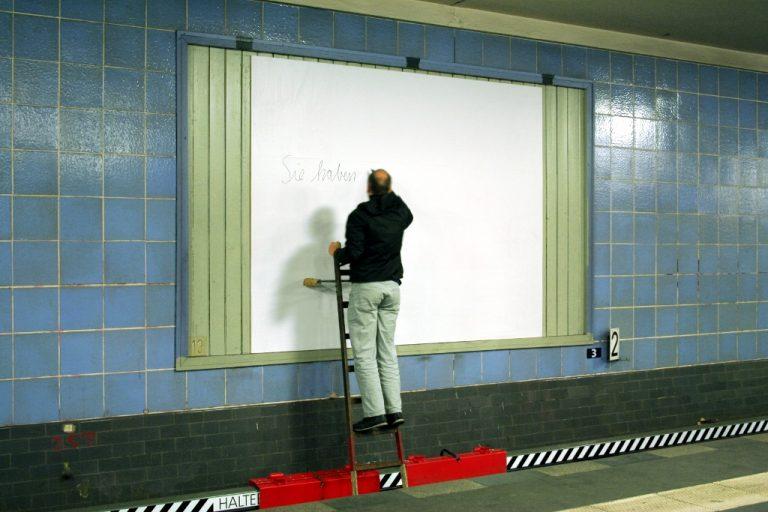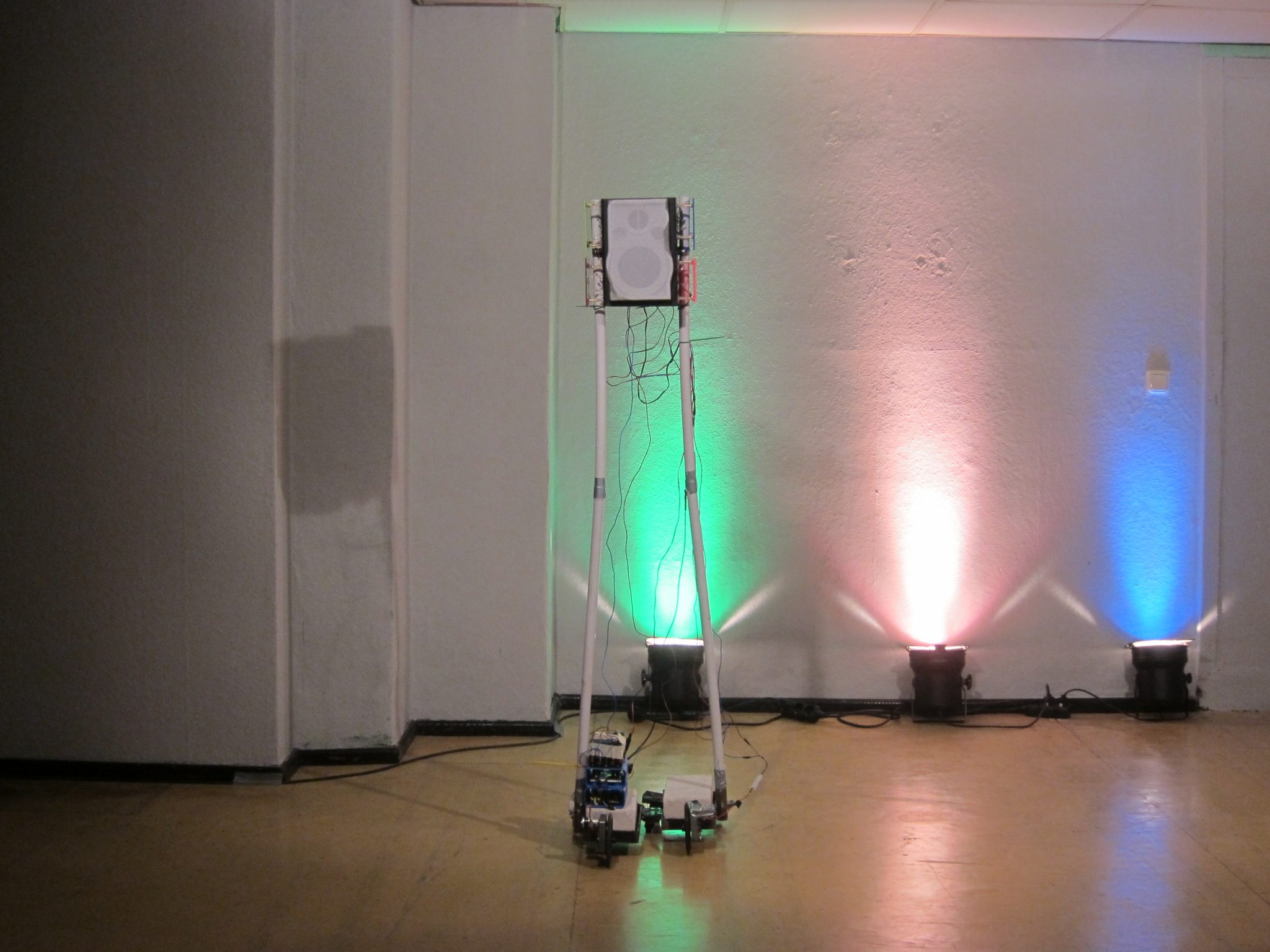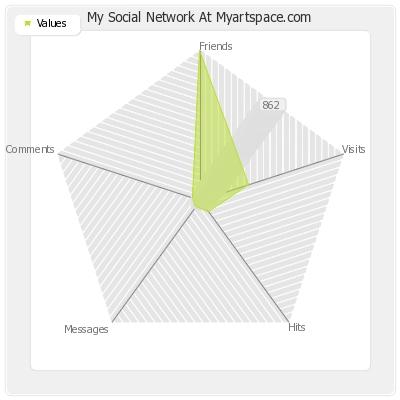Reclaimed Beauty
“Informally, an algorithm is any well-defined computational procedure that takes some value, or set of values, as input and produces some value, or set of values, as output. An algorithm is thus a sequence of computational steps that transform the input into the output.” Thomas H. Cormen, Chales E. Leiserson (2009), Introduction to Algorithms 3rd edition.
In simple terms, it is possible to say that an algorithm is a sequence of steps which allow to solve a certain task. Not just computers use algorithms, humans also use them.
Practical beauty often emerges when mathematical concepts blend harmoniously with real-world applications. This work explores the concept of beauty through the lens of the Greatest Common Divisor (GCD) algorithm, using discarded wooden boards found on the streets. Beyond mathematical elegance, the artistic aspects of solving a tangible problem with this algorithm are uncovered, uniting mathematics and aesthetics in a unique way.
The GCD algorithm guides us in harmonizing boards, resulting in a tangible
artwork that showcases both mathematical precision and aesthetic appeal.
In the artistic journey of repurposing discarded wooden boards found on city
streets, the GCD algorithm emerges as a conductor that orchestrates
harmony and proportion. Its elegance and efficiency, often celebrated in
mathematical contexts, find a new canvas in the practical realm. Beyond just
solving mathematical problems, the GCD algorithm demonstrates its practical
beauty by infusing artistry into everyday life. This unique fusion of
mathematics and aesthetics exemplifies how algorithms, when applied
creatively to tangible scenarios, can uncover beauty in the mundane and the
discarded, inspiring us to see artistry in the most unexpected places.
Einfach ausgedrückt, ist ein Algorithmus eine Folge von Schritten, um eine bestimmte Aufgabe zu lösen. Nicht nur Computer verwenden Algorithmen, Menschen nutzen sie auch.
Praktische Schönheit entsteht oft dann, wenn mathematische Konzepte harmonisch mit realen Anwendungen verschmelzen. In dieser Arbeit wird das Konzept der Schönheit anhand des Algorithmus des größten gemeinsamen Teilers (GCD) untersucht, wobei ausrangierte Holzplatten von der Straße verwendet werden. Über die mathematische Eleganz werden die künstlerischen Aspekte der Lösung eines konkreten Problems mit dem Algorithmus gezeigt und so Mathematik und Ästhetik auf einzigartige Weise miteinander verbunden.
